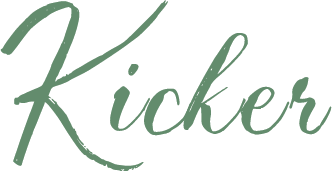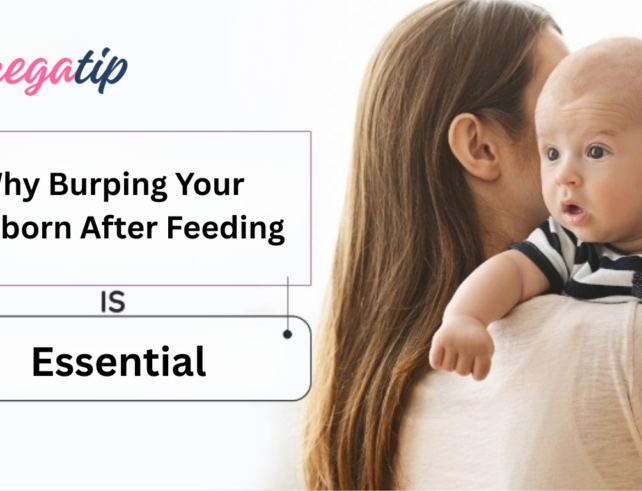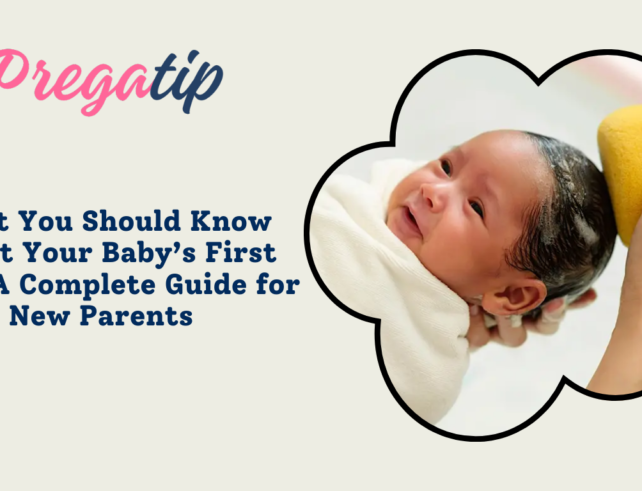Baby Recognising Familiar Faces: Journey Of Bonding


The ability of baby recognising familiar faces is a beautiful and heartwarming aspect of their development. In this article, we will look into this remarkable journey of how babies begin to recognise and respond to the faces of their loved ones. Let us explore the fascinating world of babies discovering their loved ones, from the initial signals of recognition to the mental mechanisms at work.
The progression of a baby’s recognition abilities is a heartwarming sign of the deepening bond between child and caregiver. Babies begin to differentiate familiar faces from unfamiliar ones as their mental and visual skills mature. This also shows the signs of comfort, joy, or even excitement when spotting someone they recognise. This significant milestone strengthens emotional connections and shows the development of a baby’s brain. It serves as a reminder to loved ones of the time spent with the baby, as these interactions lay the foundation for trust and lasting relationships.
1. The Beginnings of Recognition
The journey of a baby recognising familiar faces starts shortly after birth. Their world is primarily a blur of shapes and colours in the first few weeks of life. However, the foundations of recognising familiar faces were laid during this time.
a. The Power of Visual Preferences
Studies have shown that newborns often prefer to look at faces rather than other objects or shapes. This innate preference for faces is believed to be a fundamental aspect of social bonding. It also sets the stage for the recognition of loved ones in the future.
b. Early Social Gazing
Around two months of age, babies begin to engage in what experts call “social gazing.” This is when they gaze at their caregivers’ faces, especially their parents While their visual acuity is still developing, this focused attention indicates that recognising familiar faces is underway.
2. The Role of Smiles and Expressions
As your baby’s mental and emotional development continues, they rely on smiles and facial expressions to communicate and connect with those around them.
a. The Power of a Parent’s Smile
A parent’s smile can be like magic to a baby. At around three months of age, babies often respond to their parents’ smiles with beaming smiles of their own. This is an important moment in a baby’s recognition of familiar faces. It signifies their growing awareness of the emotional cues conveyed by these familiar faces.
b. Reading Emotions
By six months, babies become better at reading the emotional expressions of the people they interact with. They can distinguish between happy, sad, and surprised expressions and often respond with appropriate emotional reactions.
3. Developing a Bond
Recognising familiar faces is related to developing a strong emotional bond between the baby and their caregivers.
a. Secure Attachment
Recognising and bonding with familiar faces is crucial in developing a secure attachment. Babies who consistently see and interact with their caregivers are more likely to form secure attachments. This then becomes a foundation for healthy emotional development.
b. The Importance of Eye Contact
Eye contact is a fundamental aspect of recognising and bonding with familiar faces. When a baby and caregiver lock eyes, it establishes a connection beyond words. It is a non-verbal affirmation of love and security, reinforcing their bond.
4. Milestones in Recognising Familiar Faces
Baby recognizing familiar faces is a gradual process, marked by several important milestones.
a. Recognising Primary Caregivers
Around four to six months, babies typically start to recognise and show a preference for their primary caregivers. They may become more responsive and excited when they see the faces of those who provide them with consistent care and affection.
b. Recognising Extended Family and Friends
As babies grow, they begin to extend their recognition to other familiar faces, such as grandparents, siblings, and close friends. This expansion of recognition is a delightful moment for families. Babies demonstrate their growing capacity to connect with a broader social circle.
5. Nurturing the Bond
While recognising familiar faces is a natural developmental process, there are ways parents and caregivers can nurture this bond.
a. Frequent Interaction
Regular interaction with your baby is critical to strengthening their recognition of your face. Spend quality time engaging with them through play, cuddling, and talking to build your special connection.
b. Maintain Consistency
Consistency in caregiving routines helps babies feel secure. Stick to regular feeding, sleeping, and playtime schedules. This consistency creates a predictable environment that supports their recognition of familiar faces.
The journey of a baby recognising familiar faces is a witness to the incredible bonds that form between parents, caregivers, and infants. From the earliest moments of gazing into their parents’ eyes to recognising extended family members, babies go through a heartwarming journey of connection. Nurturing this recognition with love, care, and consistency sets the stage for a lifetime of meaningful relationships and emotional well-being. As parents and caregivers, you are privileged to witness and participate in this beautiful bonding journey with our little ones.



